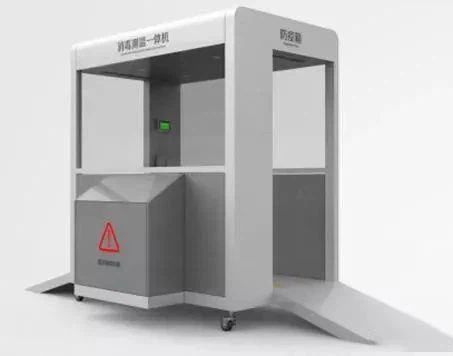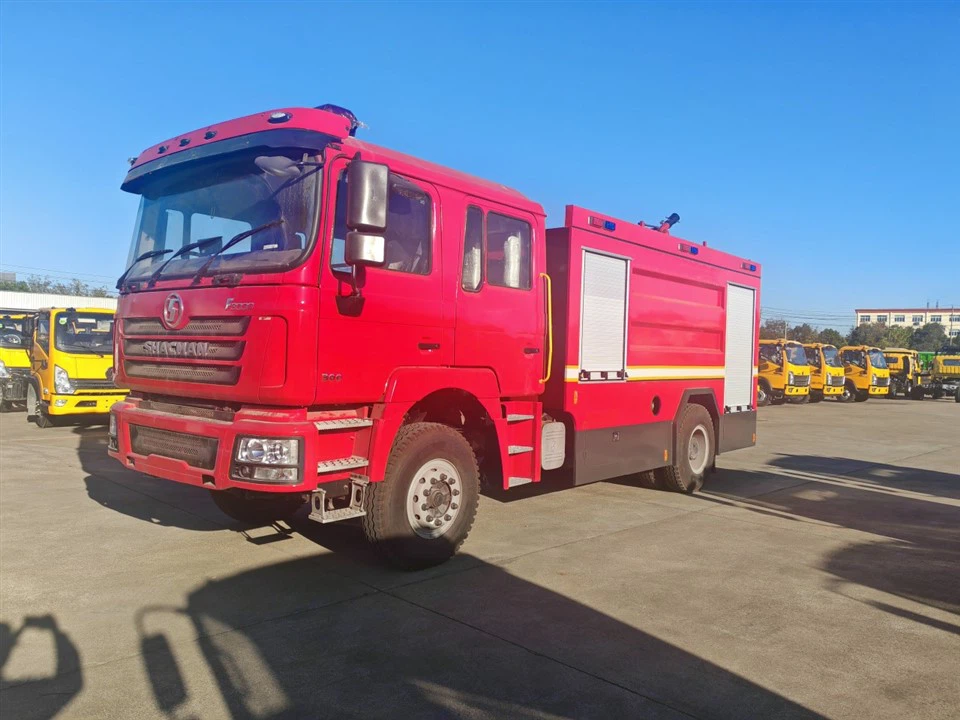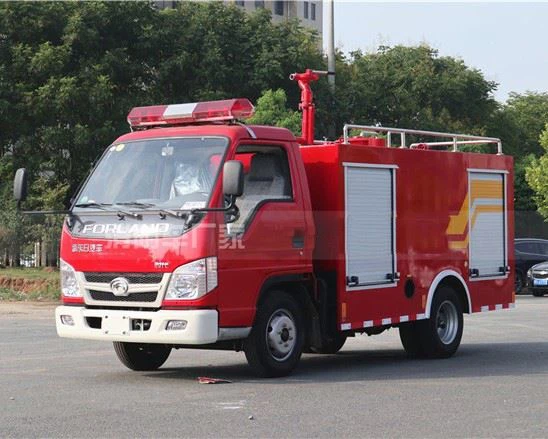2001 International 4700 Specs: The Definitive Guide

The 2001 International 4700 is a versatile medium-duty truck that has captured the attention of businesses and truck enthusiasts alike. Known for its robust build, reliable performance, and adaptability, it’s an ideal choice for various applications from delivery services to construction. In this comprehensive guide, we will delve into the specifications, features, and practical insights that make the 2001 International 4700 stand out in the crowded truck market.
1. Overview of the International 4700

The International 4700 was designed to meet medium-duty hauling demands. Launched in the late 1990s, it quickly became a staple for companies looking for a workhorse that combines capability and comfort. The 2001 model enhanced this legacy with improved engine options and refined specifications.
1.1 Key Features
- Medium-duty truck class
- Various configurations available, including cab and chassis
- Robust build quality
- Excellent visibility and driver comfort
2. Specifications Breakdown
2.1 Dimensions
| Dimension | Measurement |
|---|---|
| Overall Length | Approx. 200 inches |
| Overall Width | Approx. 96 inches |
| Overall Height | Approx. 90 inches |
| Wheelbase Options | Extended from 200 to 280 inches |
2.2 Engine Specifications
The 2001 International 4700 was equipped with various engine options, allowing buyers to select based on their requirements:
| Engine Model | Power Output | Torque |
|---|---|---|
| DT466E | 210-250 hp | 540 ft-lb |
| MaxxForce DT | 240-260 hp | 620 ft-lb |

3. Transmission Options
The 2001 International 4700 offered several transmission choices to optimize performance for different applications:
- Allison Automatic Transmission, 5-speed
- Spicer Manual Transmission, 5-speed
3.1 Benefits of Transmission Options
Having multiple transmission options allows drivers to choose according to their comfort and operational needs:

- Automatic transmissions are easier to operate, especially in urban environments.
- Manual transmissions offer more control and can be more fuel-efficient.
4. Payload and Towing Capacity
The International 4700 is engineered for heavy-duty tasks, reflected in its impressive payload and towing capacity:
| Configuration | Max Payload Capacity | Towing Capacity |
|---|---|---|
| Standard Chassis | Up to 17,000 lbs | Up to 30,000 lbs |
| Box Truck | Up to 12,000 lbs | Up to 25,000 lbs |
5. Interior Features
Comfort and usability are key attributes in the International 4700’s design:
5.1 Dashboard and Controls
- User-friendly dashboard layout with clear instrumentation
- Easy access to controls for lights, wipers, and other functions
5.2 Seating and Comfort
- Option for a spacious, two-person bench seat
- Ample headroom and legroom for the driver
- Optional air conditioning for temperature control
6. Safety Features
Safety is a paramount concern when it comes to medium-duty trucks. The 2001 International 4700 incorporated several safety features:
- Anti-lock Braking System (ABS)
- Adjustable steering column for better driver control
- High-visibility headlamps for night driving
6.1 Additional Safety Recommendations
For enhanced safety, owners should consider:
- Regular maintenance checks of braking systems
- Installation of backup cameras for better rear visibility
7. Fuel Economy
While the fuel economy of medium-duty trucks isn’t typically exceptional, the International 4700 managed to provide reasonable numbers:
| Driving Conditions | Fuel Economy (MPG) |
|---|---|
| City Driving | 10-12 MPG |
| Highway Driving | 12-14 MPG |
8. Maintenance Tips for Longevity
8.1 Regular Maintenance Schedule
Owners should adhere to a regular maintenance schedule to preserve performance:
- Change engine oil every 5,000 miles
- Inspect braking system and replace pads as needed
- Check tire pressure and tread regularly
8.2 Importance of Genuine Parts
Using genuine International parts ensures compatibility and performance, prolonging the lifespan of the vehicle.
9. Common Modifications and Upgrades
For those looking to enhance the performance or appearance of their International 4700, consider the following modifications:
- Upgraded exhaust systems for better airflow
- Aftermarket suspension systems for improved ride quality
- Cosmetic enhancements like custom paint jobs or decals
9.1 Practical Example
A construction company might opt for a lift kit and reinforced suspension to accommodate heavy loads on rugged terrain.
10. Frequently Asked Questions (FAQ)
10.1 What is the average lifespan of a 2001 International 4700?
With proper maintenance, a 2001 International 4700 can last well over 300,000 miles.
10.2 Are parts for the International 4700 still available?
Yes, parts for the International 4700 are still widely available through authorized dealers and aftermarket suppliers.
10.3 How does the International 4700 compare to other medium-duty trucks?
The International 4700 is known for its durability and versatility, often compared favorably against competitors like the Freightliner FL70 and GMC Topkick.
10.4 What are common issues with the 2001 International 4700?
Some common issues reported include electrical problems, transmission issues, and engine overheating if maintenance is neglected.
10.5 Can the International 4700 be used for personal transportation?
Yes, many owners modify their 4700s for personal use, although it’s primarily designed for commercial applications.
10.6 What kind of training is needed to drive a 2001 International 4700?
A valid commercial driver’s license (CDL) is typically required to operate vehicles in the medium-duty class, including the International 4700.
